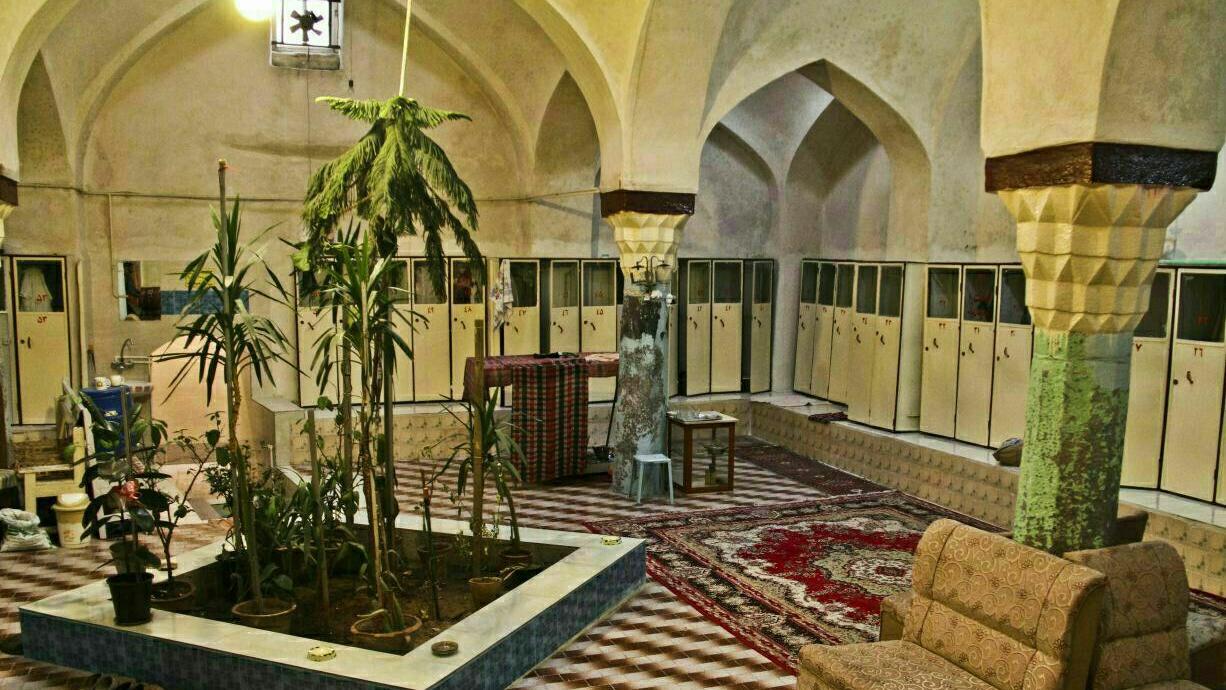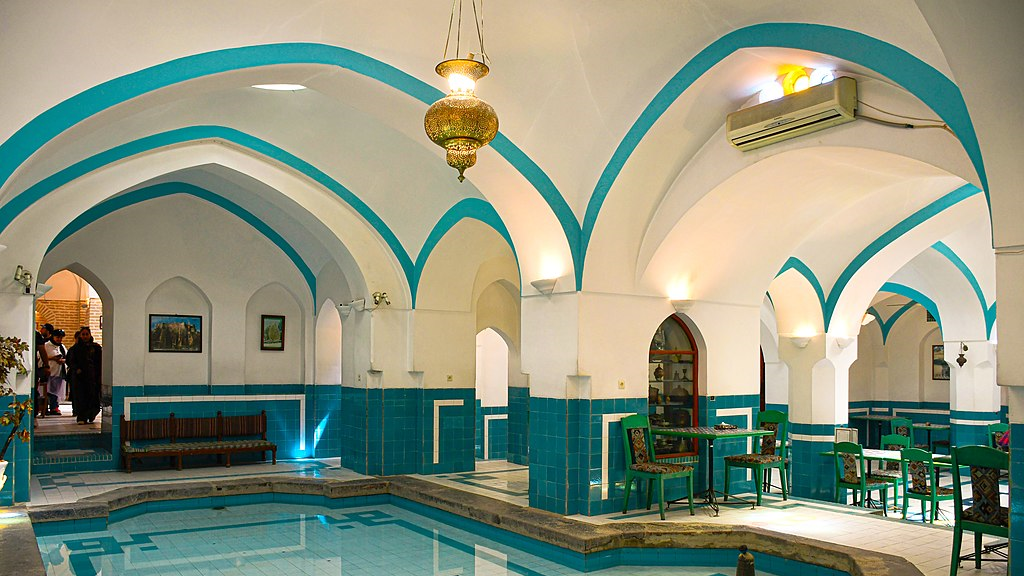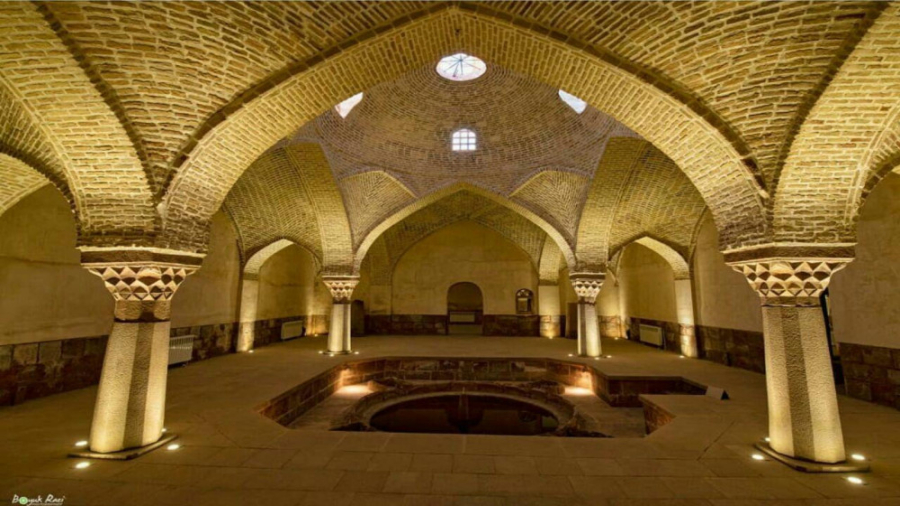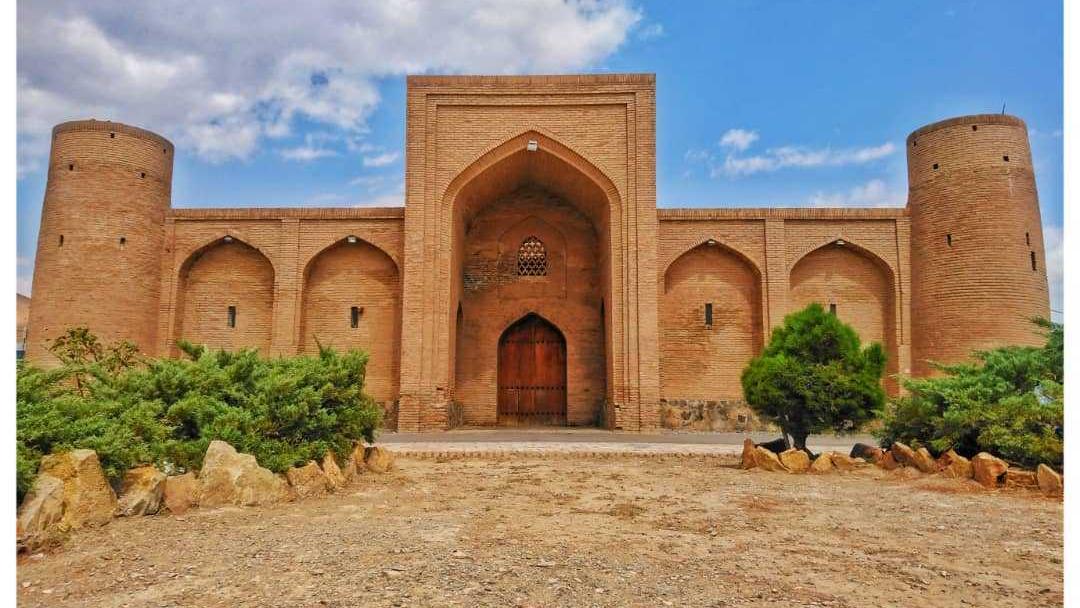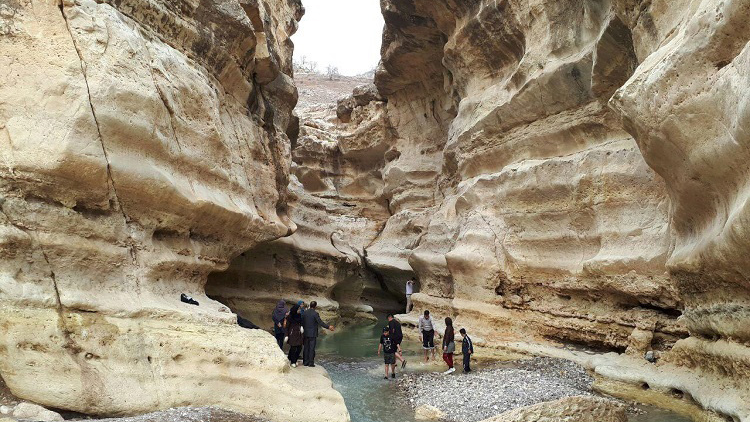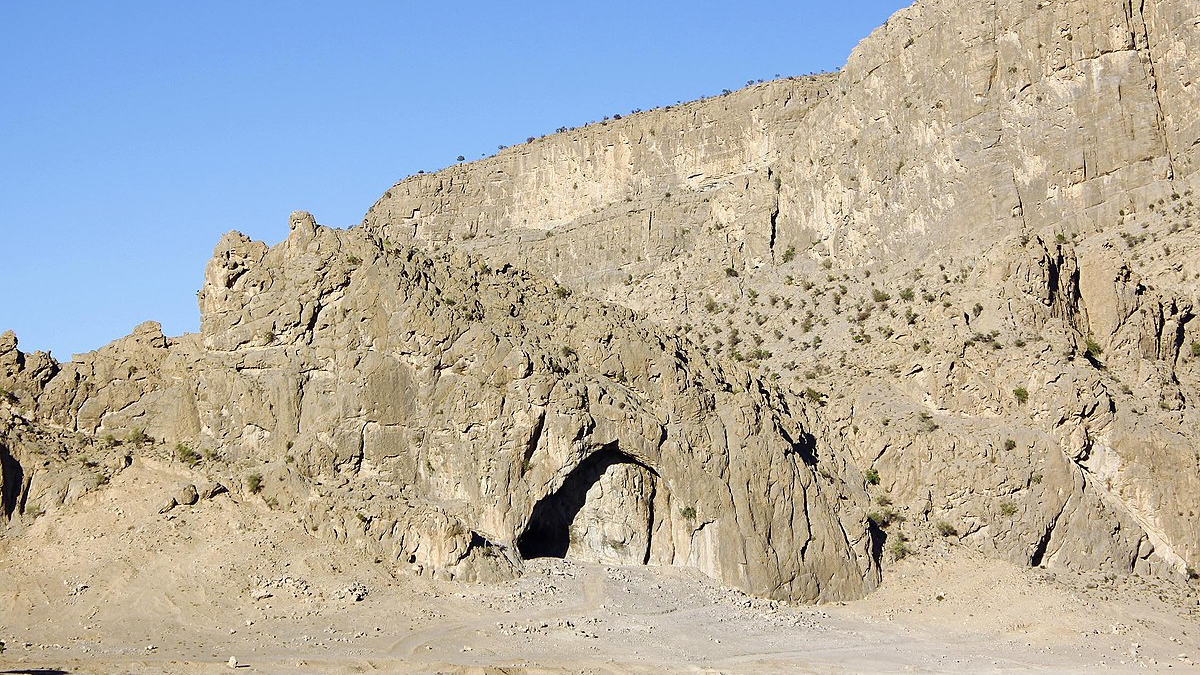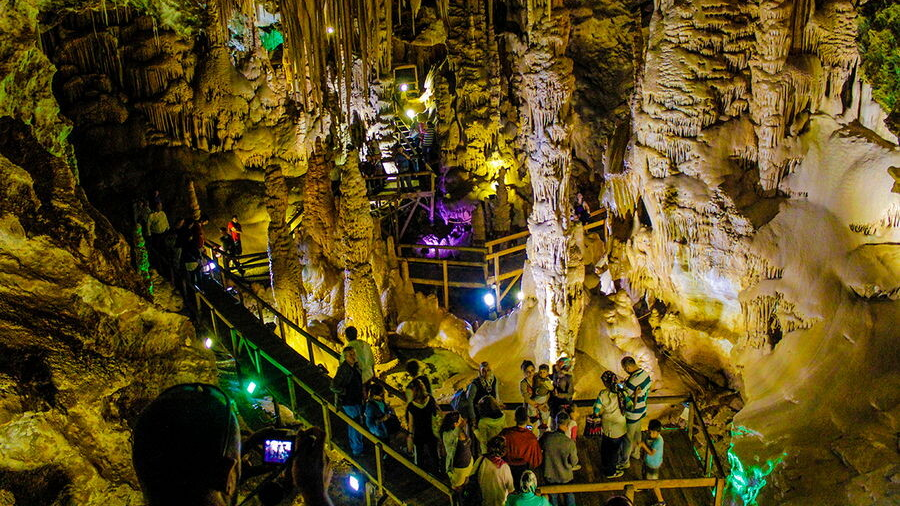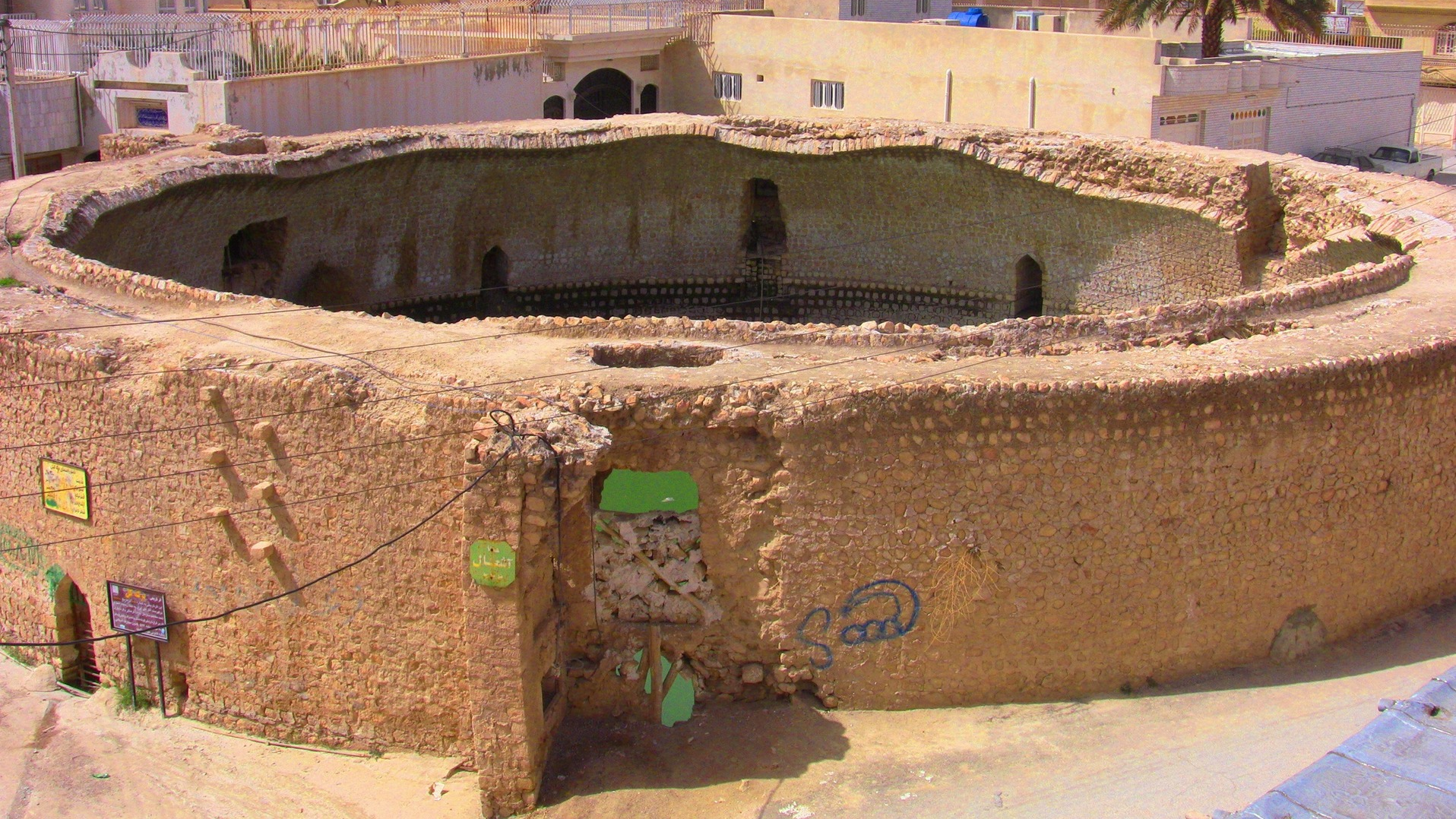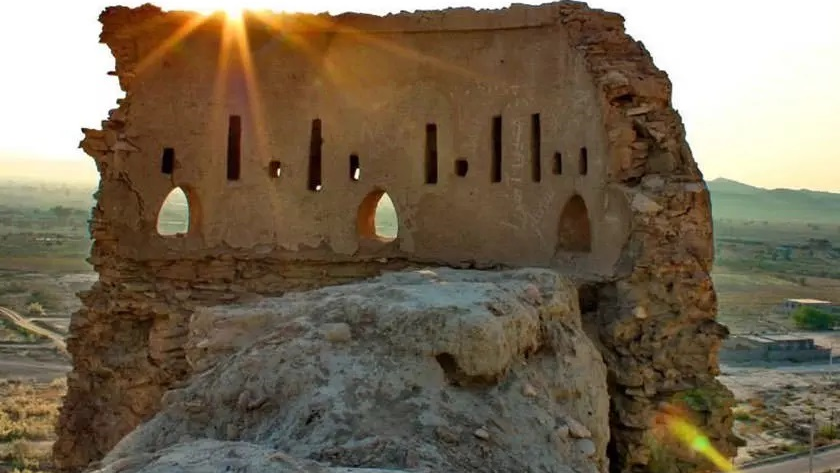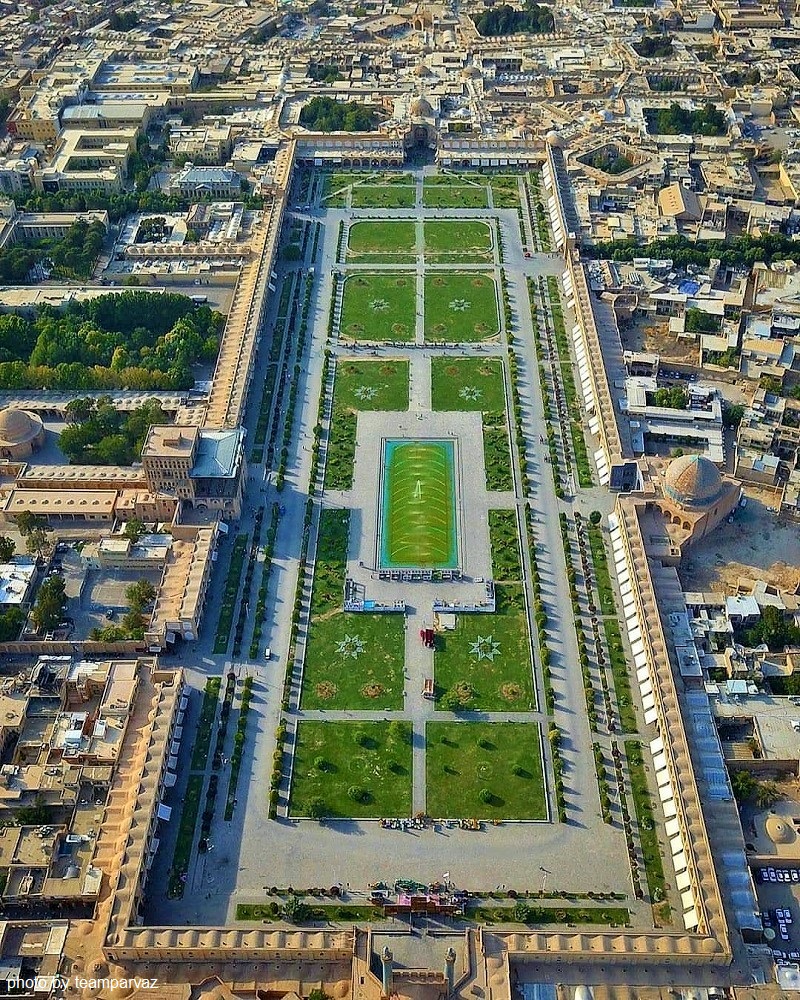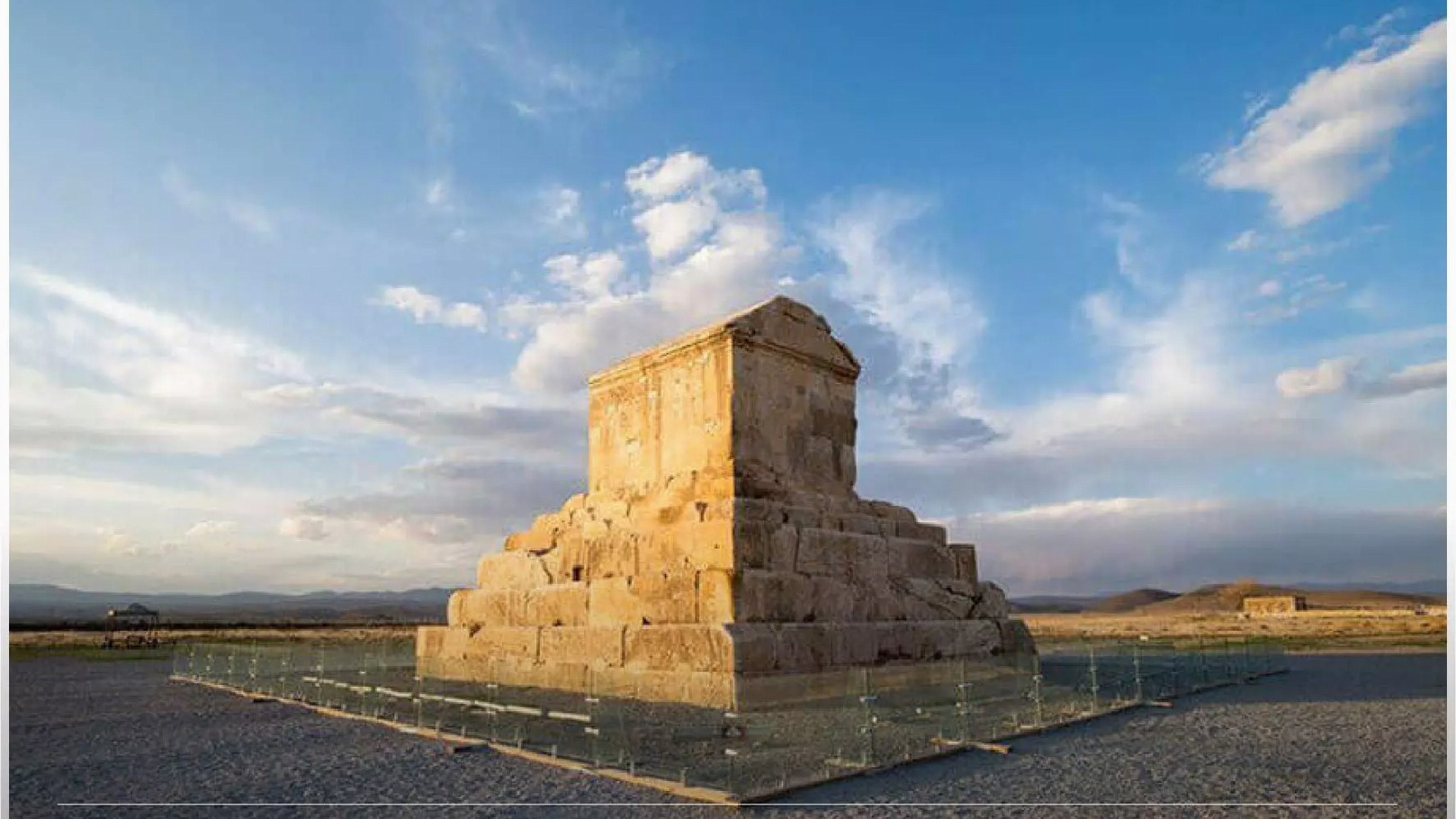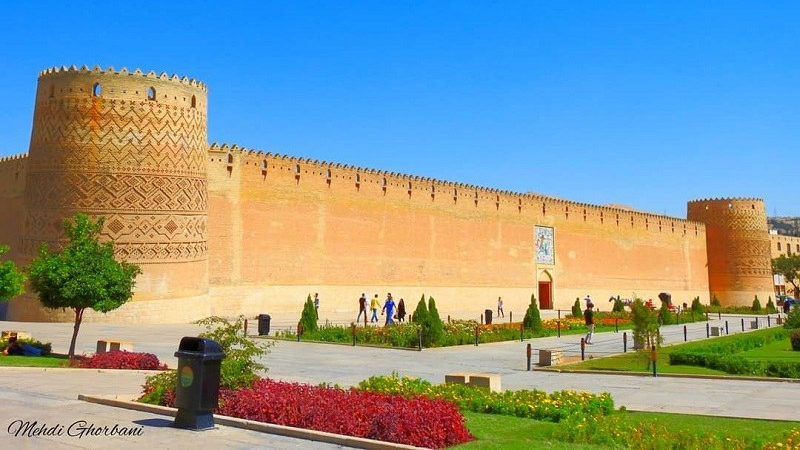
Vakil Bazaar
The bazaar was one of the most important components of the Iranian cities in the olden times and was considered the economic heart of the city. Bazaars were usually places for the supply of various goods, but sometimes some bazaars only engaged in supplying one specific product. In addition, there were production workshops in some bazaars and producers sold their products directly to customers. The importance of the bazaar of each city was proportional to the geographical and economic importance of that city. Thus, in a city like Shiraz, which was considered one of the largest cities in its region and was the capital of Iran during the Zand era, the Vakil Bazaar, which was established by the king of the time, was considered the main economic center of the entire country.
Features and Architectural Characteristics of Vakil Bazaar
Unlike Karim Khan Citadel, whose construction was completed in less than two years, Vakil Bazaar was built in a process that took 21 years. The construction of this market began in 1758 and lasted until 1769. Plaster, brick, and lime are the main materials used in the construction of this market, and the walls of the building are placed on carved stone foundations. The architecture of this bazaar is similar to the Qaysarieh Bazaar of Lar, and there is a square crossing in the middle of the Bazaar, where the four wings of the bazaar meet. In the past, there was a large pond under this crossing, which was made of marble. The water of this pond was supplied from the waterway that passed under the leather market.
Vakil Bazaar has 74 arches with a height of 11 meters, which makes it taller than other Iranian bazaars. The bazaar has five entrances and one of the important features of this bazaar is that the level of the shops is two steps above the ground level, so that in case of rain, water does not get into them.
The design of the Vakil Bazaar can be considered a combination of the Qaysarieh Bazaar of Lar and Isfahan’s long bazaars, which were built during the reign of the Safavid king, Shah Abbas I (reigned from 1587 to 1629 AD). Vakil bazaar is wider than the other bazaars making the movement of people and transportation of goods easier.
Vakil bazaar is made up of various sections, including the Greater Bazaar (where a variety of goods are sold), the Bazaar of cloth merchants, the Bazaar of tailors, the Bazaar of hat makers, the Bazaar of lamps and lights, and the Bazaar of swordsmiths.
Passages of Vakil Bazaar
The northern passage of the bazaar is the main part of it and starts from Isfahan Gate and continues to Sarai Moshir. 41 pairs of shops facing each other and 48 arches can be seen in this passage. Most of the shops in this passage have two floors and have a backroom that can be used as a warehouse.
The other passage of the bazaar, which starts from the Vakil Mosque, is known as the Bazaar of Shamshirgarha (swordsmiths), and there are 11 pairs of shops in it. The entrance to Vakil Caravanserai is also located in this passage. Today, this caravanserai is also known as “Saray-e Fil” and it is occupied by trade merchants and leather item makers.
There is a place in the eastern part of the east-west passage called the Bazaar of Alaqebandan (thread makers) where 19 pairs of shops are available. Carpets are mainly offered in this area. There are also some perfume shops in it. There are 10 pairs of shops in the western part of this passage that deal in handwoven carpets.
Vakil Bazaar was inscribed on the list of Iran’s national heritage in the year 1972.
In a city like Shiraz, which was considered one of the largest cities in its region and was the capital of Iran during the Zand era, Vakil Bazaar was considered the main economic center of the entire country.
| Name | Vakil Bazaar |
| Country | Iran |
| State | Fars |
| City | Shiraz |
| Type | Historical |
| Registration | National |
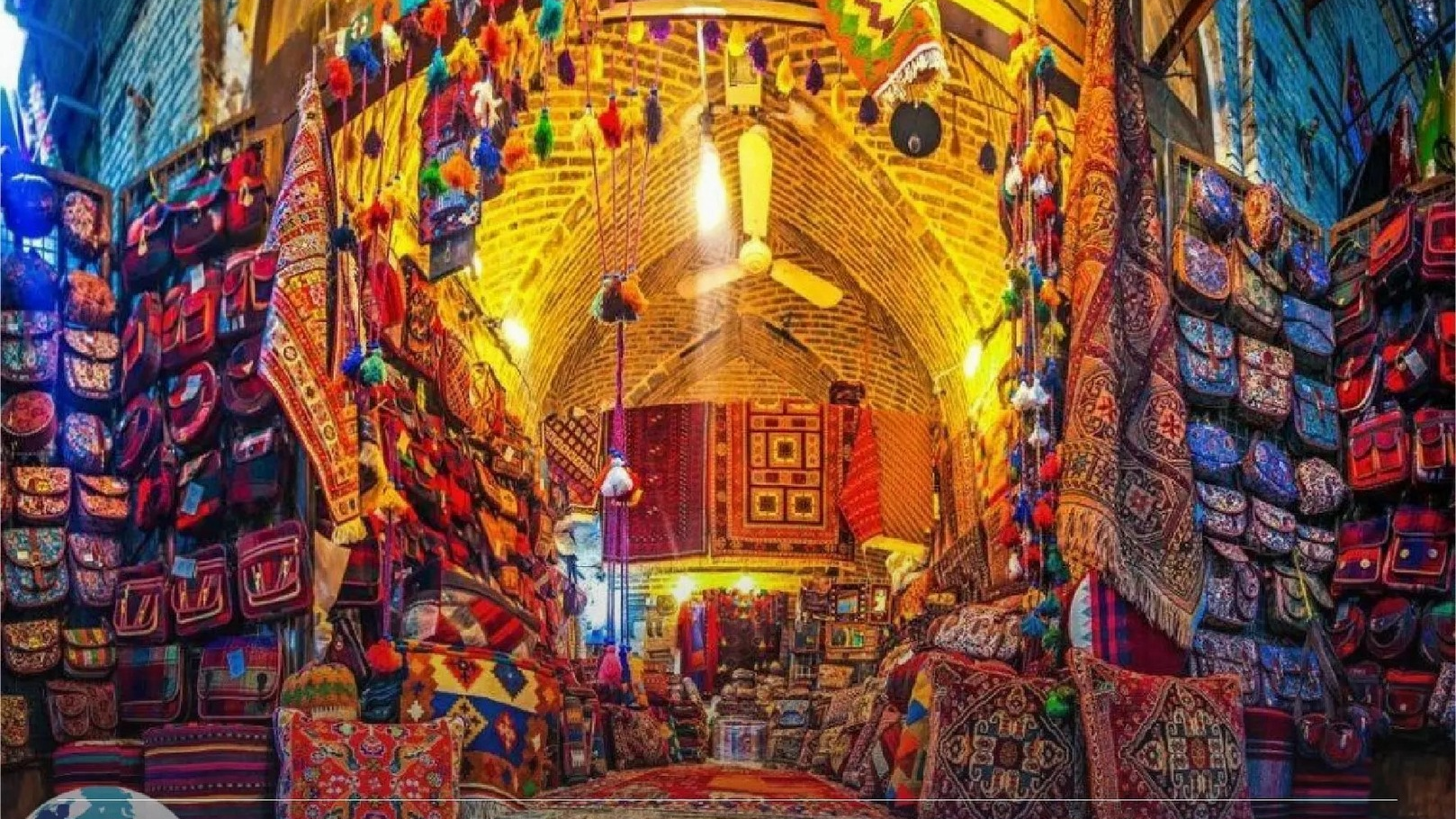
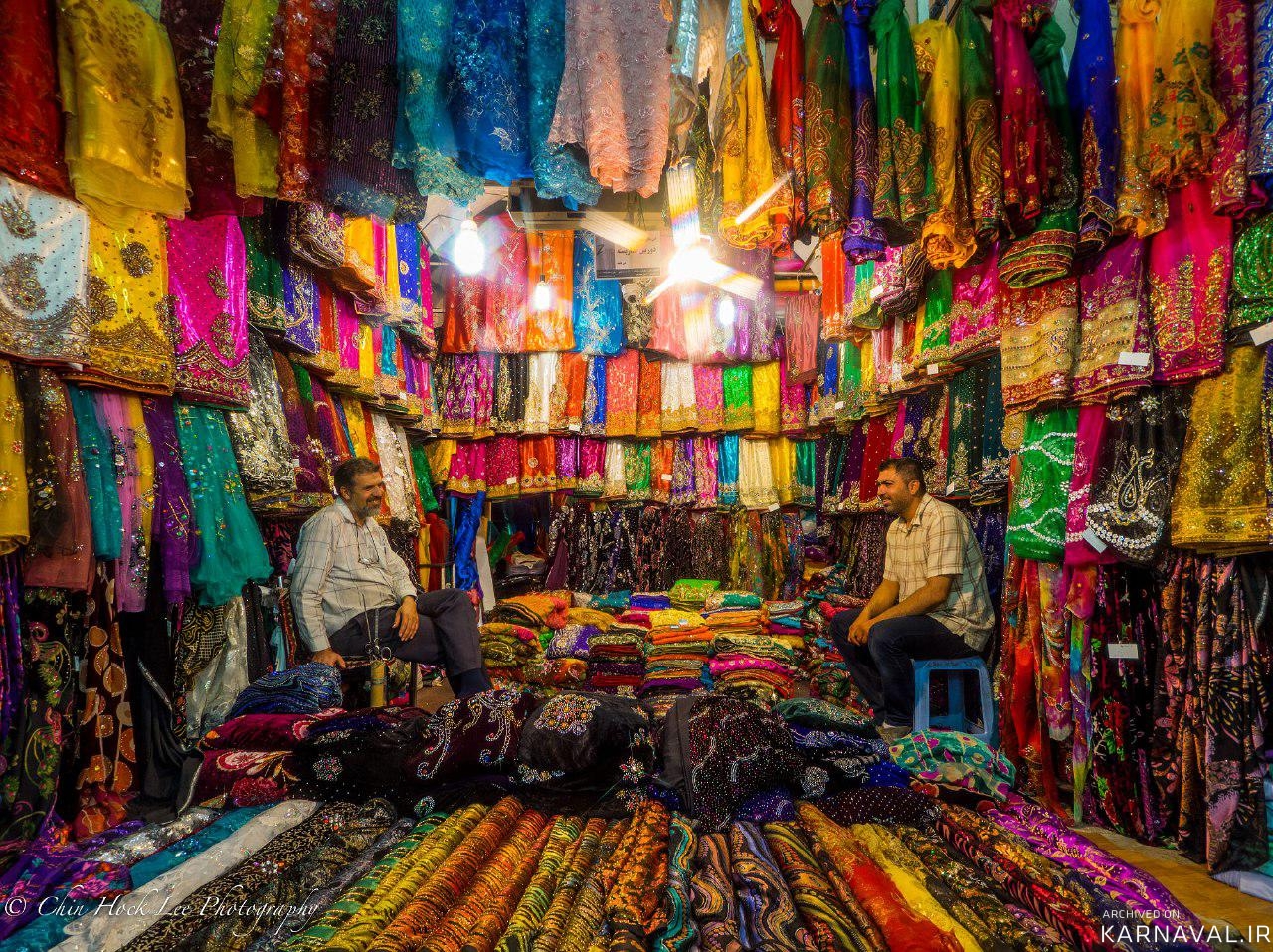


Choose blindless
Red blindless Green blindless Blue blindless Red hard to see Green hard to see Blue hard to see Monochrome Special MonochromeFont size change:
Change word spacing:
Change line height:
Change mouse type:
